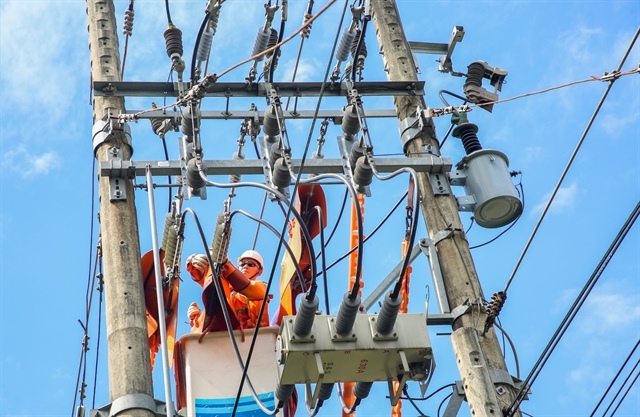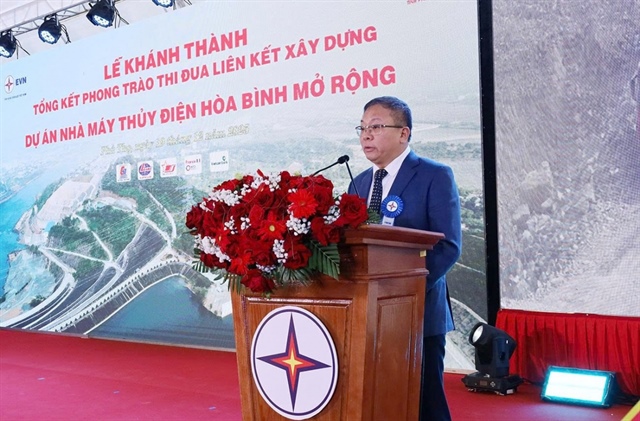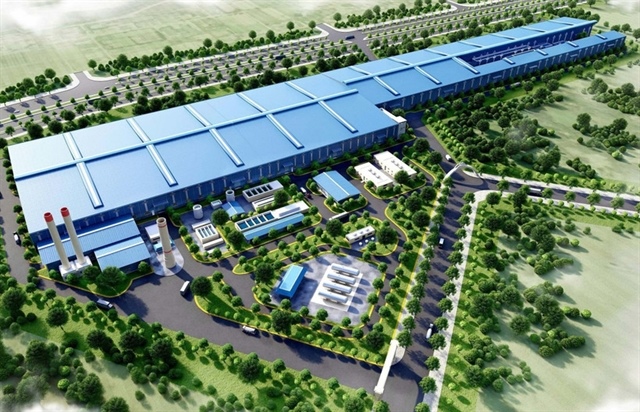Footwear industry asked to make bigger strides
Footwear industry asked to make bigger strides
The footwear industry needs to focus more on developing the supporting industry, training workers, and improving products and marketing to develop in a sustainable manner, a seminar heard in HCM City yesterday.

Nguyen Duc Thuan, chairman of the Viet Nam Leather, Footwear and Handbag Association (Lefaso), said the footwear industry has seen strong development, becoming the country's second or third largest exporter in recent years.
Almost all leading global footwear brands like Nike, Adidas, and Puma are present in the country.
The industry has great potential to boost exports, especially with several free trade agreements the country is negotiating – like the Trans-Pacific Partnership, Viet Nam-EU FTA, an FTA between Viet Nam and the Customs Union of Russia, Belarus and Kazakhstan – he said.
But to derive advantages from such agreements, the industry should meet certain conditions, especially local content ratio, which require it to develop supporting industries, Thuan and many other delegates said.
Diep Thanh Kiet, Lefaso's deputy chairman, said 70 per cent of the leather needed for footwear and handbags is imported, and only 50 per cent of metal accessories can be sourced locally.
Thus, developing the supporting industries with a focus on leather, PVC, PU, and fabric is on the agenda, he said.
The industry would focus on training human resources in design and R&D, enhancing efficiency, and creating a good business environment to attract foreign investors and encourage domestic investors, he said.
It is seeking investments, including in two leather production zones, a synthetic leather plant, a production zone for all kinds of outsoles in the south, a small production zone for metal accessories, and a training centre that can train 150-200 designers/pattern makers, 200-250 production managers, 80-100 engineers, and 300-500 line leaders, he said.
Matt Priest, president of the Footwear Distributors and Retailers of America, said the US imported 2.32 billion pairs of footwear last year, or an average of 7.32 pairs per capita.
China accounted for 81 per cent of the total and Viet Nam for 10 per cent, but China's share is declining, he said.
With Viet Nam's exports rising sharply in the past 13 years, China's share is expected to reduce in the next five years to 70 per cent, and Viet Nam's to increase to 12 per cent, he said. The ratio could be even higher because of the TPP, he said.
With its stable polity, a welcoming culture, competitive production advantages, "we found Viet Nam an amazing place to source for footwear," he added.
The seminar also heard that many footwear producers have shifted their production base from China to Viet Nam due to higher labour costs there, an appreciation of the yuan against the greenback, and other causes.
Oliver Ng of the Ever Rite Group said his company decided to move from China to Viet Nam because of currency stability, lower labour costs, productivity that is comparable with other countries, and proximity to the Chinese supply chain, and to enjoy preferences offered by existing and future trade deals (ASEAN, EU's GPS, TPP).
Viet Nam's exports of footwear and handbags were worth US$10.4 billion last year, and a similar value had been achieved as of October 14 this year.
The seminar was organised by Lefaso in collaboration with the Footwear Distributors and Retailers of America.
bizhub
























